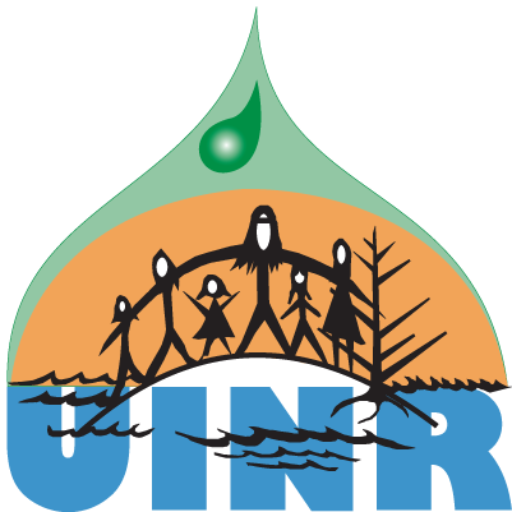The Unama’ki Institute for Natural Resources (UINR) is working with Parks Canada to study the population of American eel in Cape Breton Highlands National Park.
Throughout June UINR staff will catch, measure, and release elvers (young eels) as they enter the rivers and brooks between Ingonish Beach and Neil’s Harbour.
The project is looking at the migration of the elvers from the ocean into the freshwaters of the Park. The project is part of a larger Parks Canada study designed to better understand the status of the American eel in Atlantic Canada.
UINR biologist Shelley Denny explains “I think this is an excellent opportunity to learn about eels in other habitats around Cape Breton Island. We often forget that that eels can be found in virtually any body of water, from the smallest stream or pond to large estuaries such as the Bras d’Or Lakes.”
In 2006, American eel was listed as a species of special concern by the Committee on the Status of Endangered Wildlife in Canada. Eels live in freshwater, but breeds only once in the saltwater of the Sargasso Sea before it dies.
“It’s great that Parks Canada has taken a keen interest in learning about their local eel population and we are honored to have been invited to assist with their project” Shelley concludes.
UINR is Cape Breton’s Mi’kmaq voice on natural resources and the environment. UINR represents the five Mi’kmaq communities of Unama’ki on Mi‘kmaq natural resources and their sustainability.
Cape Breton Highlands National Park is part of a system of national parks, national historic sites, and national marine conservation areas committed to protecting and presenting Canada’s natural and cultural heritage for generations of Canadians.



